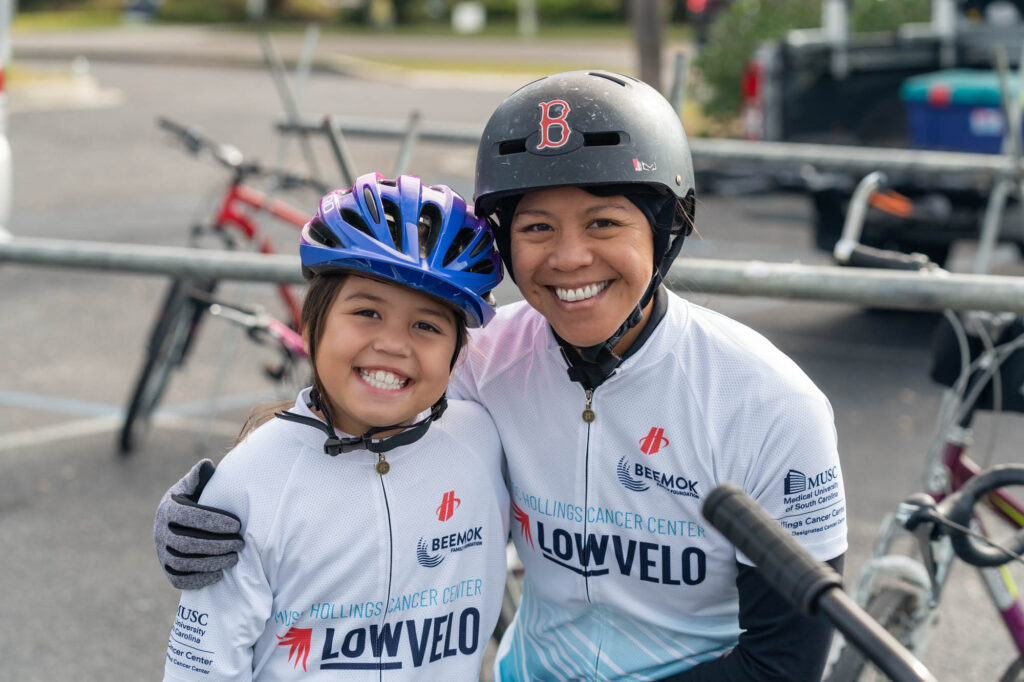Cadence: What It Is And Why It's Important

Here MUSC Wellness Center Personal Trainer Nicki Carter explores how playing with cadence drills can help cyclists get stronger and pedal more efficiently.
Cycling cadence (the rate at which a cyclist pedals) is measured in revolutions per minute (RPM). Cycling, whether indoors or outdoors, is not about pedaling as fast as you can with little to no resistance or gear. Outdoors, cyclists need to apply the appropriate gear to propel the bike forward as efficiently as possible. Similarly, indoor riders need to apply the proper resistance, even on a simulated flat road, to pedal more efficiently and to reach their performance and training goals.
Outdoor riding involves cycling through various elements, like wind and road resistance and terrain variations. Indoors, we must use the resistance knob to simulate outdoor conditions.
What is the optimal cadence? The Spinning certification program has set guidelines according to the parameters rooted in professional cycling. Accordingly, they have established that the most efficient cadence on a simulated flat road is 80-110 RPM. Simulated hills have a cadence recommendation of 60-80 RPM.
Cyclists training for races or events (such as LOWVELO) should train specifically to increase their average cadence within the previously mentioned range. By regularly working on your cycling cadence, you’ll become a more efficient, faster and stronger rider. You’ll fatigue less and be able to go longer and harder.
Here are some drills involving progressively increasing cadence:
Drill 1:
After warming up, perform the following drill: Add a moderately hard gear and cycle at a cadence around 70-75 RPM. Every two minutes, shift to an easier gear and increase RPM by five. Perform for a total of 10 minutes followed by a five-minute recovery. Repeat once more followed by a 10-minute cool down of easy cycling.
Drill 2:
After warming up, perform the following drill: On a moderately flat road, (add enough gear so that it feels like a muddy road) begin at a cadence of 80-85 RPM and work your way up to a cadence of 90-95 RPM. After 10 minutes, begin “spin-ups” (speed bursts) — every five minutes, perform a high cadence spin up (105-120 RPM) for 30 seconds. Always cool down with easy cycling for 5-10 minutes after finishing drills or cycling workouts.
Tips: Keep your pedaling smooth. If you bounce in the saddle as you increase cadence, increase your gear slightly until the bounce stops. You should feel like you are in full control of your bike as opposed to the momentum of the flywheel being in control of you.
Lastly, how in the world do we calculate cadence?! Measuring cadence — if you don’t have a tracking sensor on your bike that determines cadence for you, there’s an easy way to manually measure your cadence. For 15 seconds, count the number of times your right (or left) leg reaches the bottom of your pedal stroke and then multiply that number by four to determine your RPM.


